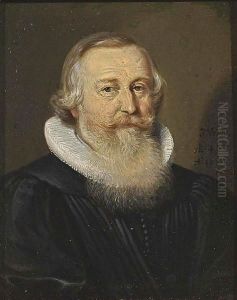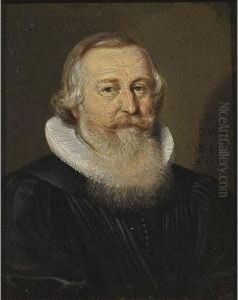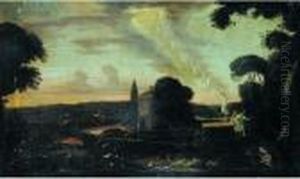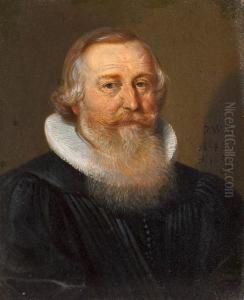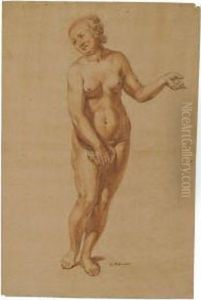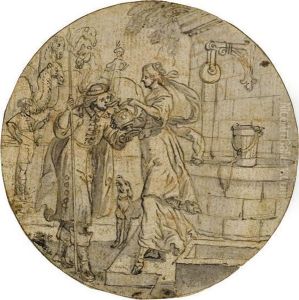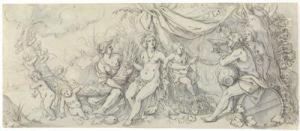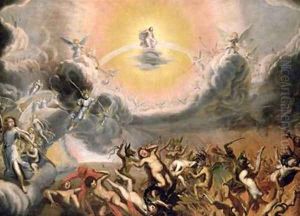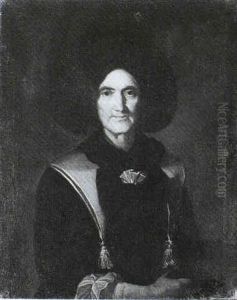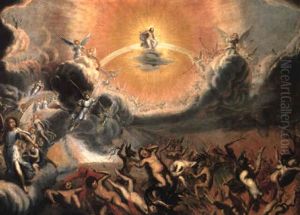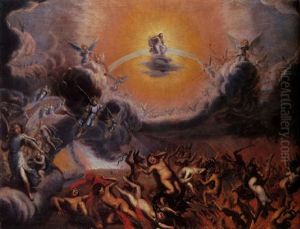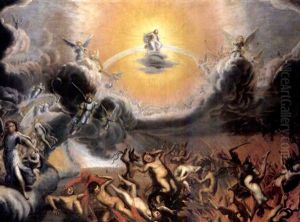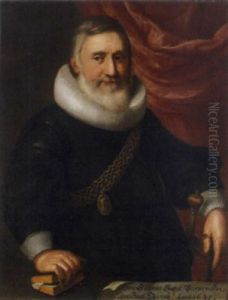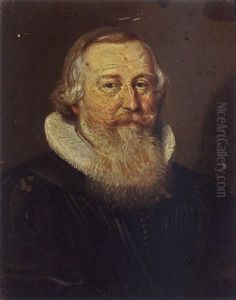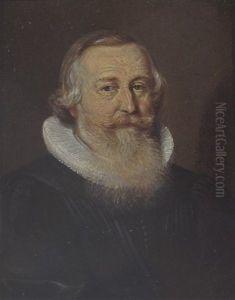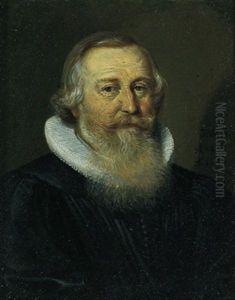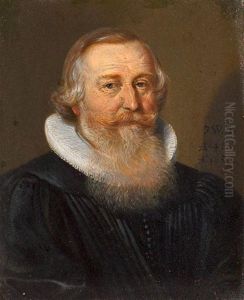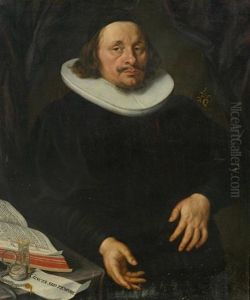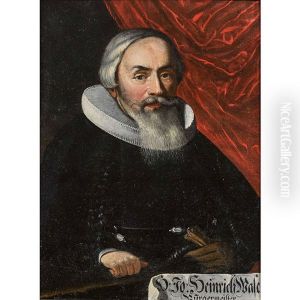Conrad Meyer Paintings
Conrad Meyer was a Swiss engraver and painter, born in Zurich in 1618. He emerged as a prominent figure in the Swiss art scene during the 17th century, a period that was characterized by a rich development in artistic expressions across Europe. Meyer was known for his meticulous engravings and detailed paintings, which often depicted religious and historical scenes, as well as portraits.
His early life was marked by an apprenticeship in Zurich, where he honed his skills in engraving and painting under the guidance of local masters. This period was crucial for Meyer, as it laid the foundation for his unique style that combined intricate details with a keen observation of human expressions and emotions.
Meyer's work gained recognition for its precision and depth. He was adept at using light and shadow to create a sense of depth in his engravings, a technique that was relatively innovative at the time. His paintings, on the other hand, were celebrated for their vivid portrayal of subjects, bringing to life the characters and stories from the Bible and ancient history.
Throughout his career, Conrad Meyer contributed significantly to the art world, leaving behind a legacy that would influence future generations of Swiss artists. His engravings and paintings were not only appreciated in his homeland but also gained recognition beyond Swiss borders, showcasing the reach and impact of his art.
Meyer continued to work and teach in Zurich until his death in 1689. His passing marked the end of an era in Swiss art, but his influence persisted, inspiring artists and engravers in Switzerland and across Europe. Today, Conrad Meyer's works are preserved in various museums and collections, serving as a testament to his skill and dedication to the arts.
